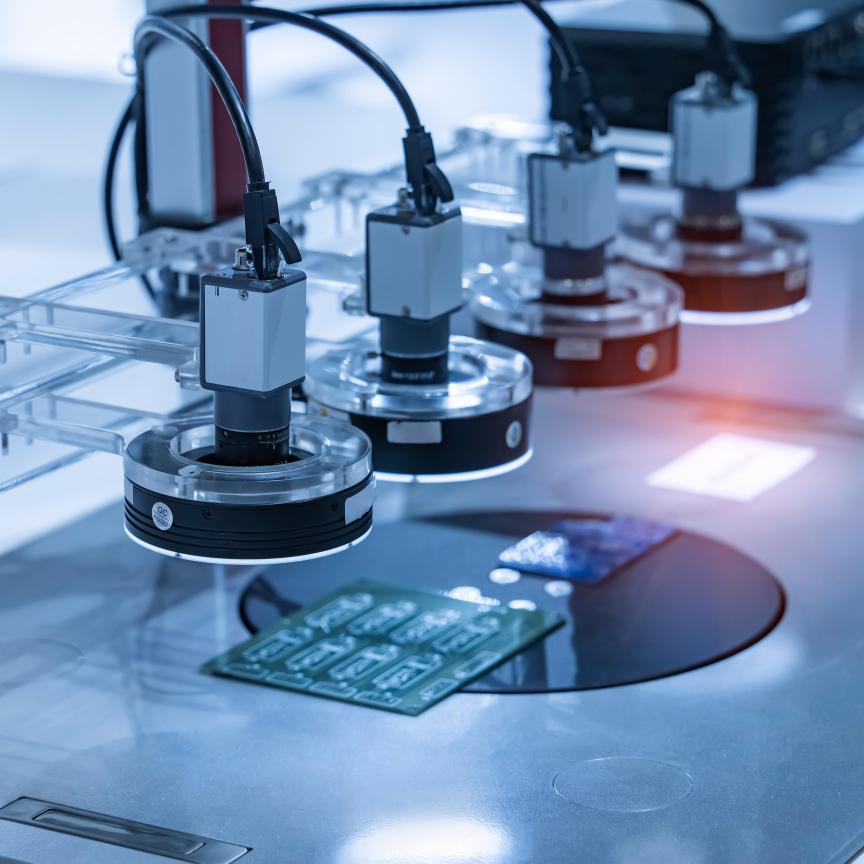Held in Copenhagen for the first time, the Paperless Lab Forum attracted more than 100 delegates across the two-day event. Organised by Vialis, the forum continues to be the ideal learning platform for those considering the latest paperless lab initiatives or enhancing their present processes. More than 20 presentations and live demonstrations showed that a paperless laboratory is not a goal in itself, but a result of implementing self-documenting processes. Every time I open a congress I am amazed when I survey the audience and see just how many organisations have yet to implement barcode technology within their daily operations! In almost all other industry segments including chemicals, food and drink, and hospitals, this number is more than 70 per cent; in pharmaceutical laboratories this proven, robust technology seems to be a bridge too far.
The paperless lab is not simply about more software and hardware technology – it gives users the power and control to implement consistent workflow processes within their organisations. It is about optimising the way we work and enabling new initiatives such as quality by design. The power of a paperless laboratory is the ability for organisations to implement processes that produce both non- and GxP-compliant documentation, which eliminates unnecessary tasks from the workflow.
Many congresses and seminars are highlighting technologies and software from a technical, functional perspective. The Paperless Lab forum has a different approach: instead of thinking in product and services roadmap terms, the tone was set to first define why and what people want to establish within their organisations. It is important to identify the overall business objectives before talking about solutions. For example, is it a process improvement to achieve better quality, or to lower the cost of operations? Is it the ability to expand analytical throughput? Overall, technology is just an enabler to achieve corporate-defined goals. This year’s paperless lab forum programme included nine customer case studies and process improvement experiences in the laboratory information arena that can be grouped in three categories: process optimisation; the need for data standardisation; and pragmatic examples of ELN, LIMS and LES deployments.
Process optimisation
Renate Dahms presented how Bayer Pharma developed a paperless lab environment by first analysing and modelling the business process in close corporation with the IT and business unit. She showed how a so-called ‘domain model’ was derived from the functional model and the application architecture that enabled people to look at the processes independent from organisational reality. She described in detail the impact of a multi-moment analysis (MMA), a process which enables clients to measure the real bottlenecks in their workflows. This will enable organisations to create a baseline and identify where to optimise their processes, and to be able to define metrics to measure the improvements.
Human beings are currently generating more data than in the previous 5,000 years combined. Crucially, data files without context or meta-data information are meaningless. Martin Lindblad, representing Astra Zeneca, discussed how process intelligence in a large tablet manufacturing site reduces the reduction of waste and scrub, by showing that context is the basis for integrated scientific analysis and interpretation. This is a great user case which is in line with findings I observed and published in the 2013 edition of the Laboratory Informatics Guide (LIG 2013), from the publishers of Scientific Computing World. In my article – ‘When data comes together’ – I shared a pragmatic, paperless QbD example of how an electronic, science-based and pro-active predictive process should retire the ‘after-the-fact’ legacy process, CAPA, and change it into a PACA mind-set in life sciences. We have petabytes of data and information in our systems, and almost all vendors and consultancy firms still talk about CAPA to improve quality in the life science industry. It’s time to wake up and leverage cross-industry practices!
Pragmatic examples
A complete laboratory setting was shipped from Switzerland to Copenhagen to demonstrate ‘a day in the life of a paperless laboratory’. The first demonstration, an assay determination of Aspirin using HPLC workflow, showed how a complex analytical workflow can be executed using self-documenting processes without having paper or clerical errors, but with less time spent on documentation. The second demonstration showed how mobile devices may support daily operations and contribute to the move to a paper-on-glass future. Mobile devices are often talked about today as the potential future of lab informatics. This demonstration was developed as a think-tank to rethink and potentially reengineer current legacy paper processes, and take advantage of the technologies ahead of us. Customer LES, ELN and LIMS presentations were shown from Christian Hansen (use of ELN in food industry), Active Biotech (use of ECM in a small pharma company), Janssen biologics (Pilot and business case for LES), and LEO Pharma (ELN in a chemistry lab).
Finally, Edward Deming’s statement: ‘If you can’t describe what you’re doing as a process, you don’t know what you are doing’, is starting to resonate. The scientist is no longer in the lab, but integrated in the overall quality process.
Peter Boogaard is the founder of Industrial Lab Automation. His full report is available at www.scientific-computing.com


